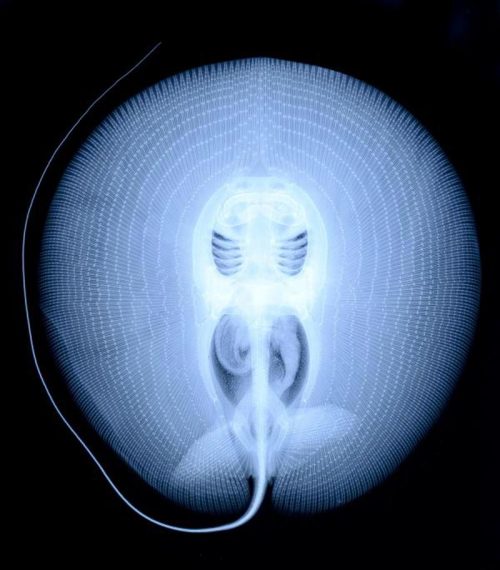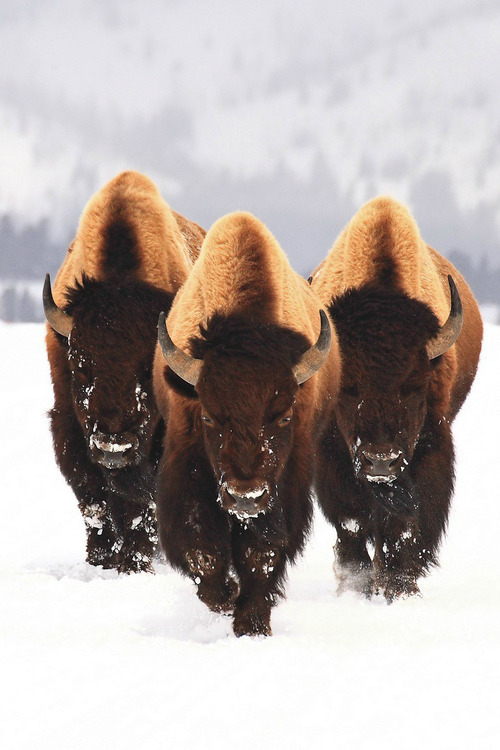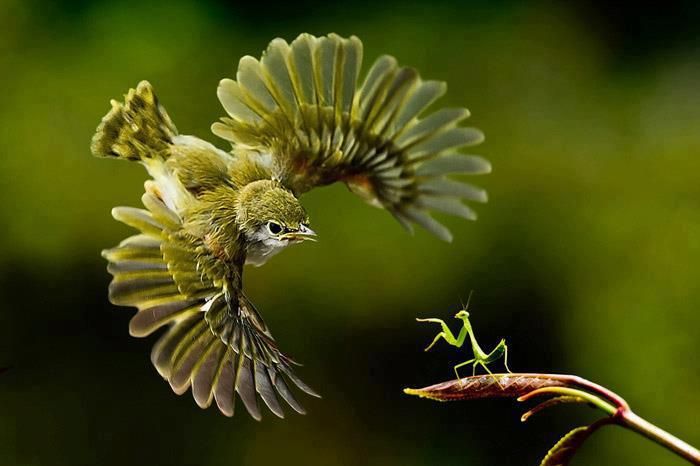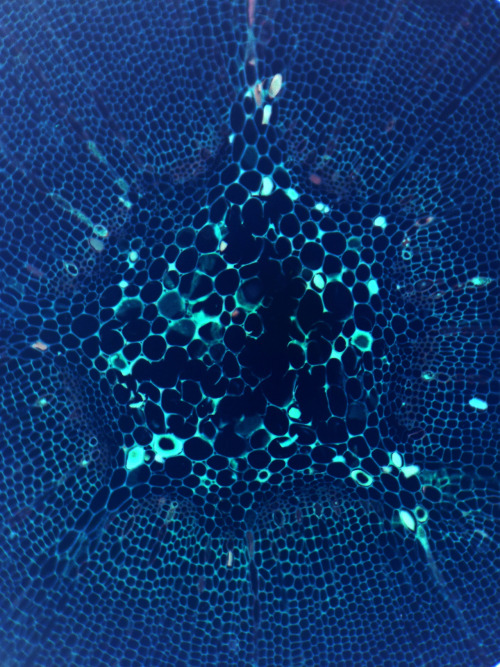
Friday, November 30, 2012
Natural Selection Wins Again


A newly discovered Aphodiine Scarab from Cambodia is a stunning example
of how natural selection helps this termitophilic beetle adapt and find an easier
path to a meal.
The beetle not only tricks a colony of termites into granting it access to their
stock pile of food by reproducing the scent of that food themselves, it also
entices the termite to actually carry it directly to the food using the perfectly
sculpted handle on it's back.
Thursday, November 29, 2012
Hymenopus coronatus (Orchid Mantis)
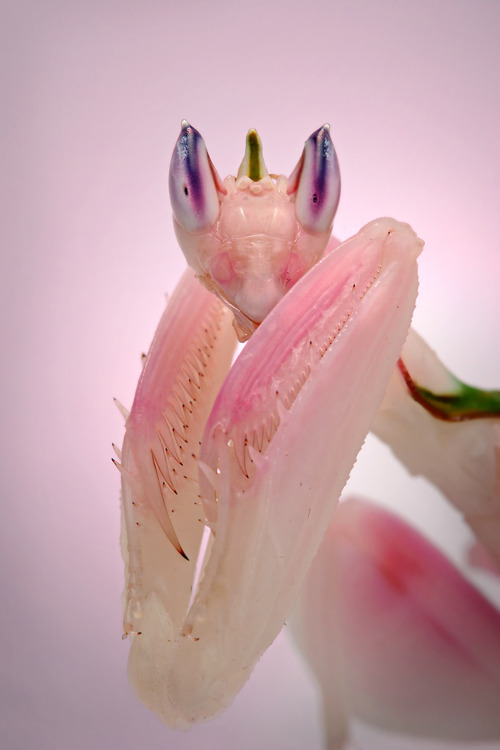
The Orchid Mantis is a mantis from Malaysia, Indonesian, and Sumatran rain forests.
This species is characterized by brilliant and beautiful coloring and unusual structure; their four walking legs resemble flower petals, and the coloration of the bodies tends to match the environment in which they were raised.
Source: Wikipedia
Darwin’s Frog
Tuesday, November 27, 2012
Thursday, November 22, 2012
Tuesday, November 20, 2012
Our Sun Erupts

On August 31, 2012 a long filament of solar material that had been hovering
in the sun’s atmosphere, the corona, erupted out into space at 4:36 p.m. EDT.
The coronal mass ejection, or CME, traveled at over 900 miles per second.
The CME did not travel directly toward Earth, but did connect with Earth’s
magnetic environment, or magnetosphere, causing aurora to appear on the night
of Monday, September 3. The incredible image above is a lighten blended
version of the 304 and 171 angstrom wavelengths.
Source: Twisted Sifter
Willow the White Whale

An extremely rare white humpback whale was spotted recently near Norway.
Welsh maritime engineer Dan Fisher made the startling discovery off the coast
of Norway in August. Fisher has dubbed him Willow the White Whale.
Website Life’s Little Mysteries states: this is only the second known adult white
humpback whale on the planet. The first is Migaloo, a humpback who’s made
numerous cameos off Australia’s east coast. The whale’s name means
“white fella” in Aboriginal, and he’s usually spotted as he makes his annual
migration to Antarctic waters during the southern spring.
While Migaloo is thought to be affected by albinism, a genetic condition that
stifles melanin pigmentation, it’s possible his Norwegian counterpart is not
albino, but leucistic. Leucism can affect pigments other than melanin and it
doesn’t result in the pink eyes characteristic of albinism.
Leucism can also
Monday, November 19, 2012
Proboscis Monkey

The proboscis monkey (Nasalis larvatus) or long-nosed monkey, known as the bekantan in Malay, is a reddish-brown arboreal Old World monkey that is endemic to the south-east Asian island of Borneo.
The monkey also goes by the Malay name monyet belanda ("Dutch monkey"), or even orang belanda ("Dutchman"), as Indonesians remarked that the Dutch colonisers often had a similarly large belly and nose.
Source: http://en.wikipedia.org/wiki/Proboscis_monkey
Tuesday, November 13, 2012
Tuesday, November 6, 2012
Thursday, November 1, 2012
Subscribe to:
Posts (Atom)
